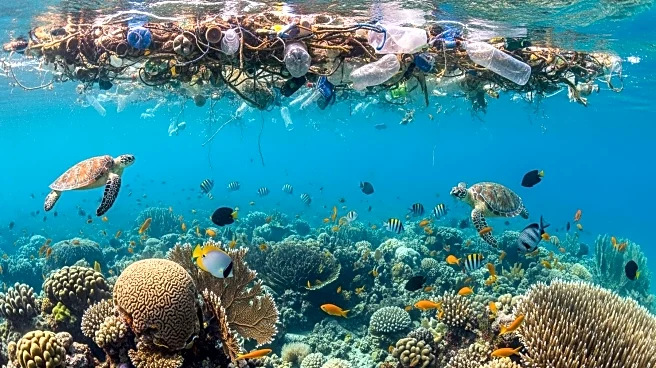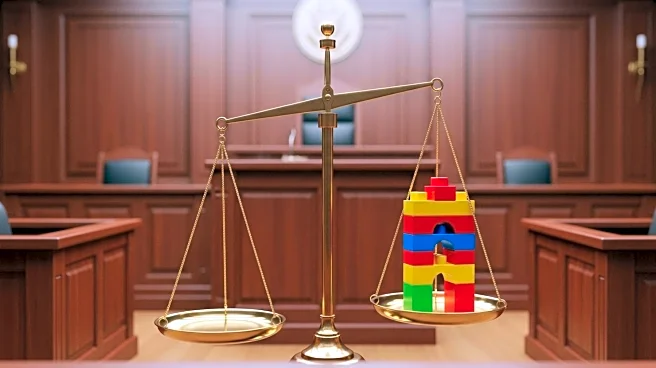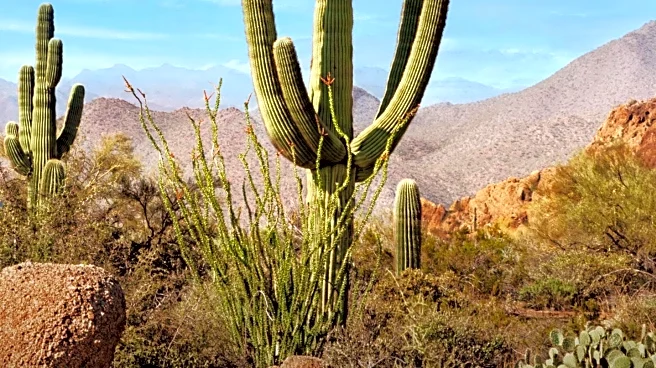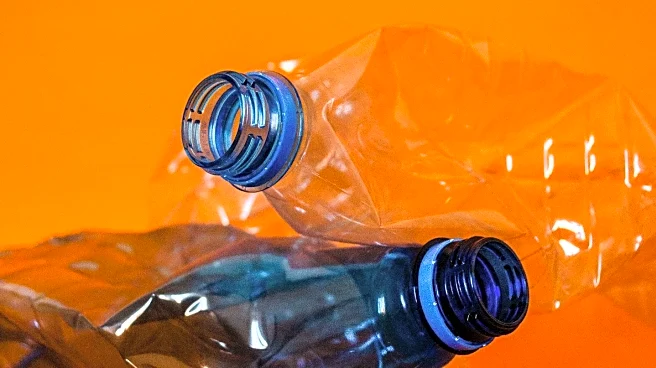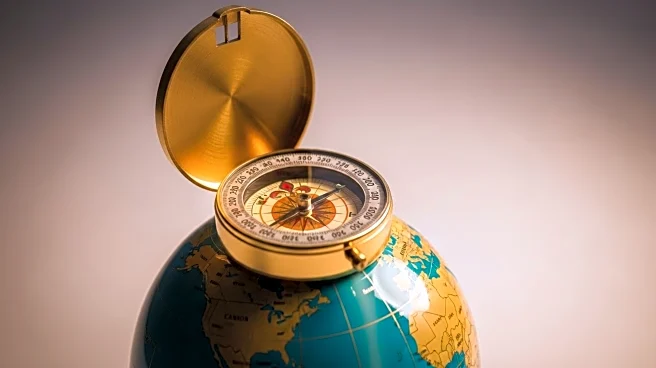What's Happening?
In Guatemala, a traveler visiting Antigua discovered a unique form of art that exemplifies the country's innovative approach to waste management and cultural creativity. During a visit to a museum of Indigenous textiles, a hanging planter shaped like a bird caught the traveler's attention. Upon closer inspection, it was revealed that the planter was crafted entirely from an old tire. This artistic creation highlights the practice of reusing discarded materials to create beautiful and culturally significant objects. The traveler, accompanied by their 12-year-old daughter on her first overseas trip, experienced the transformative perspective that international travel can offer, particularly through the eyes of a child. This discovery serves as a reminder of the pervasive presence of culture and creativity, even in unexpected places.
Why It's Important?
The transformation of trash into art in Guatemala underscores the broader significance of sustainable practices and cultural expression. By repurposing waste materials into artistic creations, communities can reduce environmental impact while fostering cultural heritage. This approach not only promotes environmental sustainability but also encourages innovation and creativity within local communities. The practice of turning discarded items into art can inspire similar initiatives globally, highlighting the potential for art to drive positive change in waste management and cultural preservation. It also reflects a growing trend towards sustainable art practices that can influence public policy and societal attitudes towards waste and recycling.
What's Next?
The discovery of such innovative art forms in Guatemala may inspire further exploration and promotion of sustainable art practices both locally and internationally. As awareness grows, there could be increased interest in supporting artists who utilize recycled materials, potentially leading to new collaborations and exhibitions. Local governments and cultural organizations might consider integrating these practices into educational programs, encouraging the next generation to embrace sustainability and creativity. Additionally, this could lead to policy discussions on how art can play a role in environmental conservation efforts, potentially influencing broader waste management strategies.
Beyond the Headlines
The use of recycled materials in art raises important ethical and cultural questions about consumption and waste. It challenges traditional notions of art and beauty, prompting discussions on the value of materials and the role of art in society. This approach can also foster a deeper appreciation for cultural diversity and the ingenuity of communities that find creative solutions to environmental challenges. By highlighting the intersection of art, culture, and sustainability, such initiatives can contribute to a more inclusive and environmentally conscious global dialogue.




